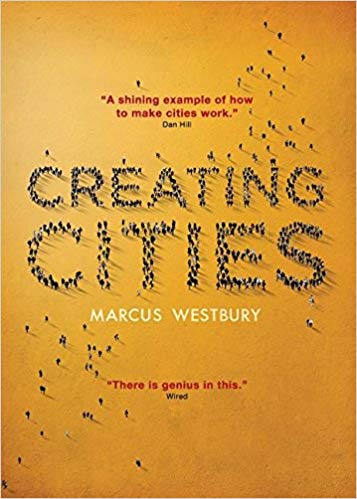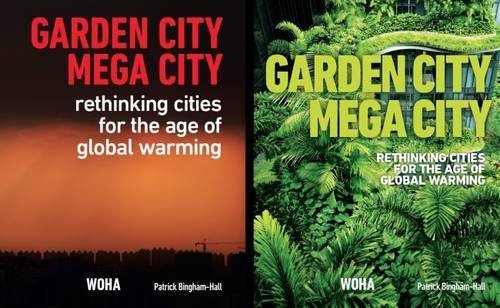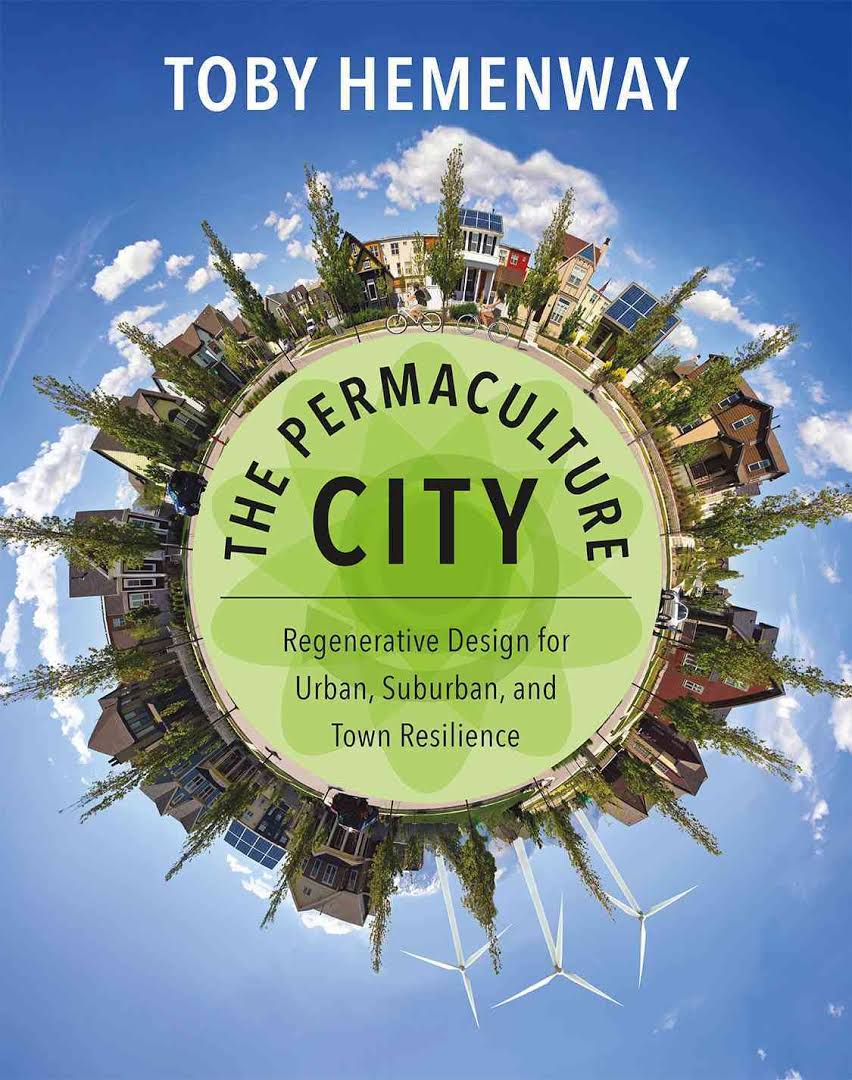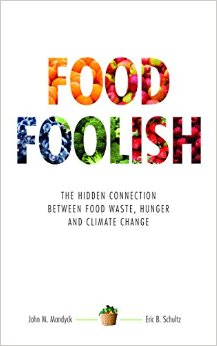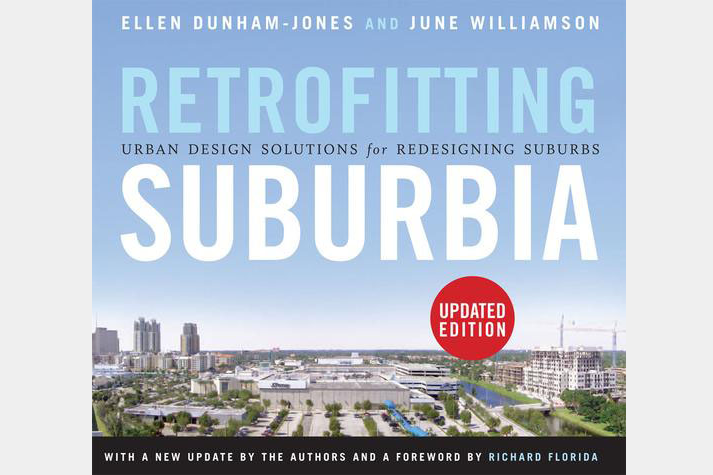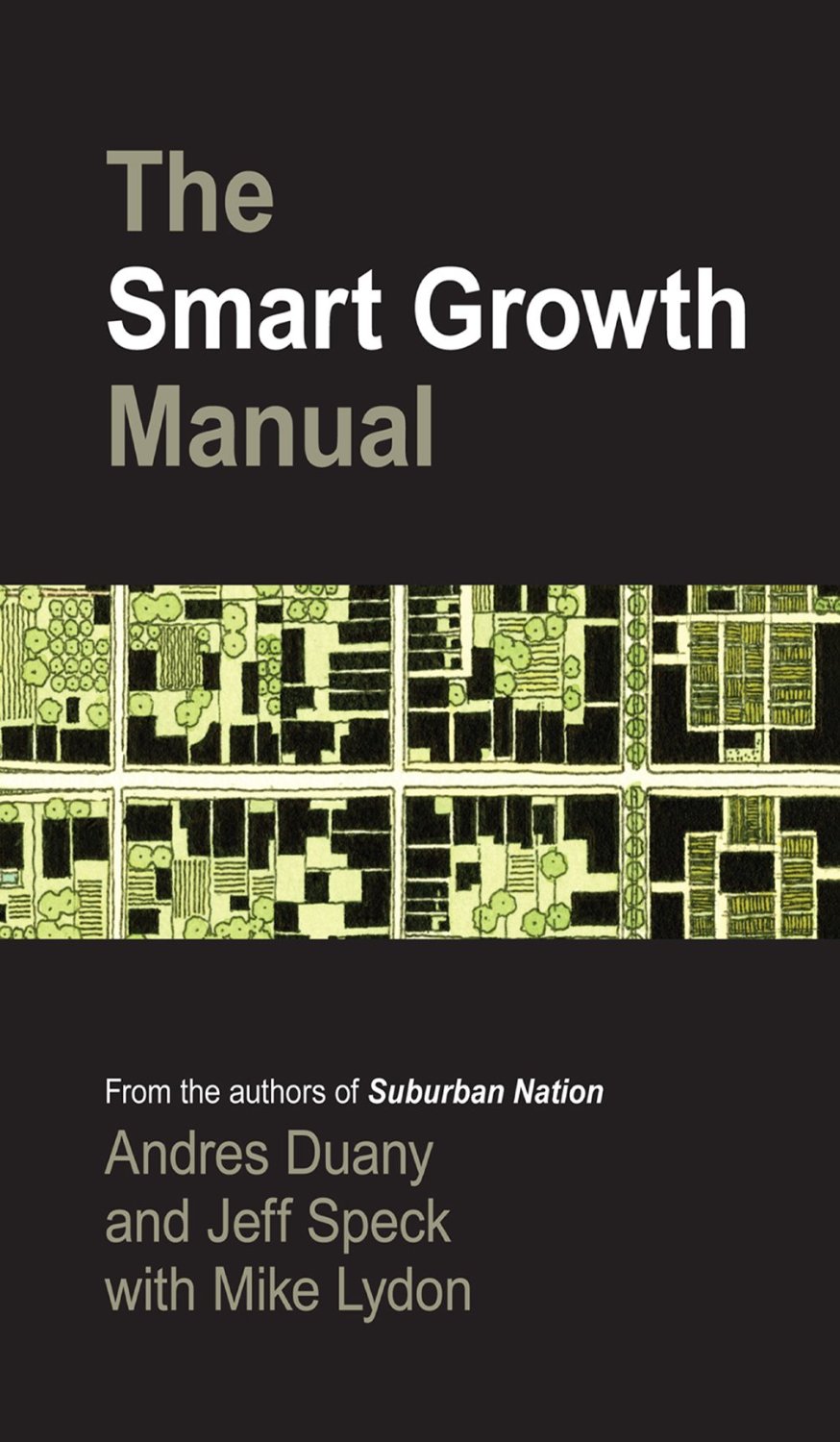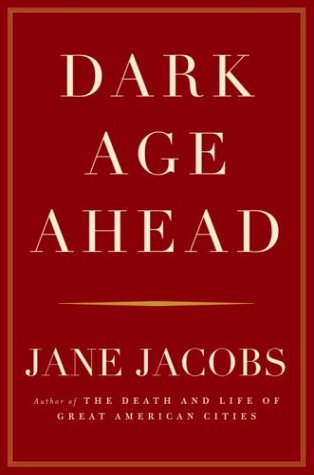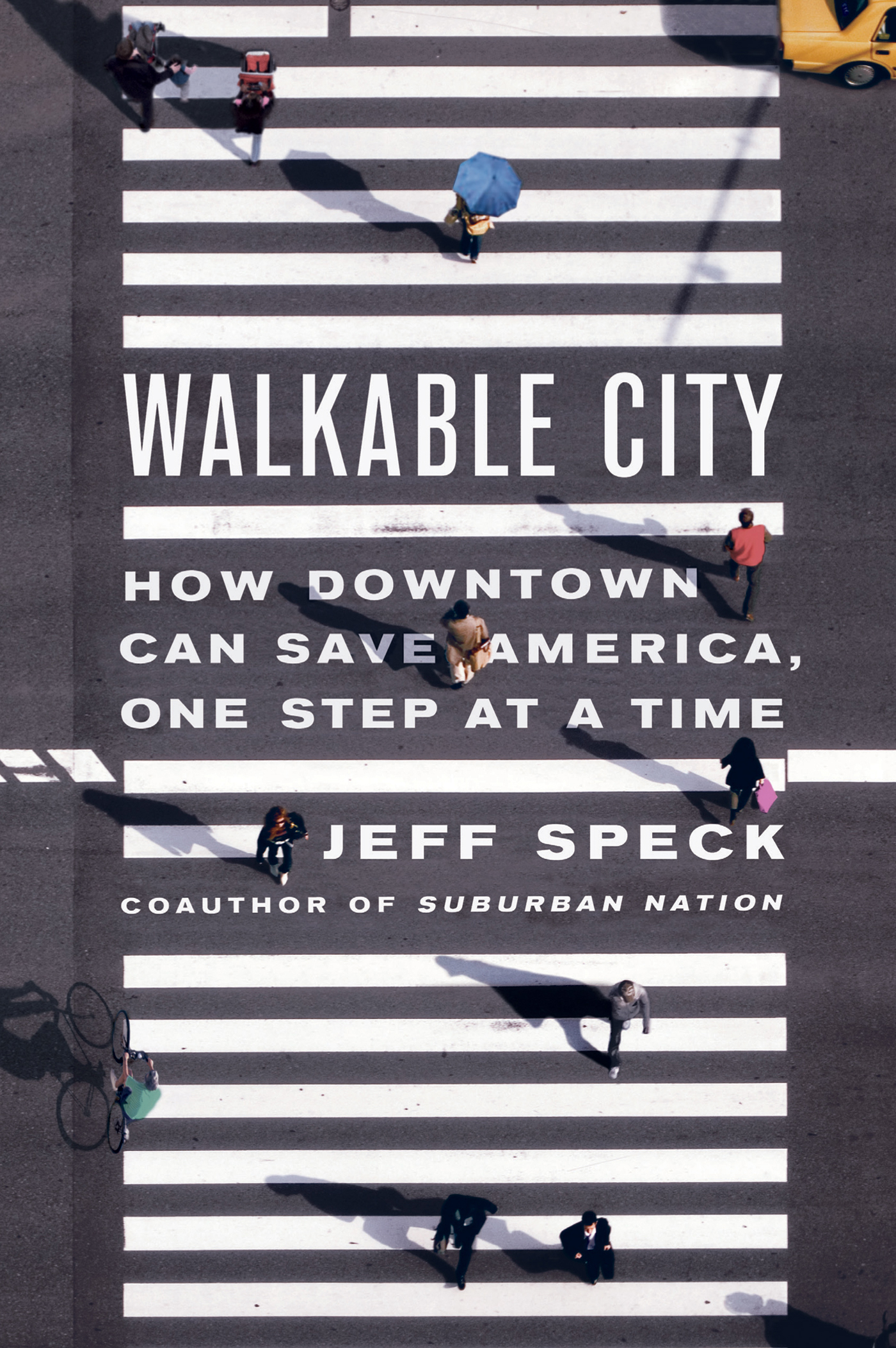One Line:
An inspiring recount of a self-driven non-profit that coalesced to promote entrepreneurship, urban planning and street activation from the ground up.
Review:
In August of 2017 I was farther away from home than I had ever been–nearly as far as one can be with a starting point of the American Northeast. As part of the Vanguard Program run by Next City, I had touched down on the other side of the world in Sydney, Australia. After a […]
Continue Reading
